9 tips for making your grass greener than ever this year

Getting your grass green and thick doesn't require expensive treatments or professional help. Most lawn problems come down to basic care issues that you can fix yourself with the right techniques.
Does your lawn look like it's given up on life? Maybe it's patchy and brown in spots, or perhaps it's more weeds than actual grass. Either way, you're tired of looking out at what should be a beautiful green space and seeing something that looks pretty rough.
Here's the thing: transforming even the saddest lawn is entirely possible. Your grass isn't doomed to look terrible forever. With consistent care that addresses what grass actually needs, you can create a lawn that makes your neighbors wonder what your secret is.
Try these nine top tips to make your grass look greener than ever.
1. Feed it properly with seasonal fertilizer
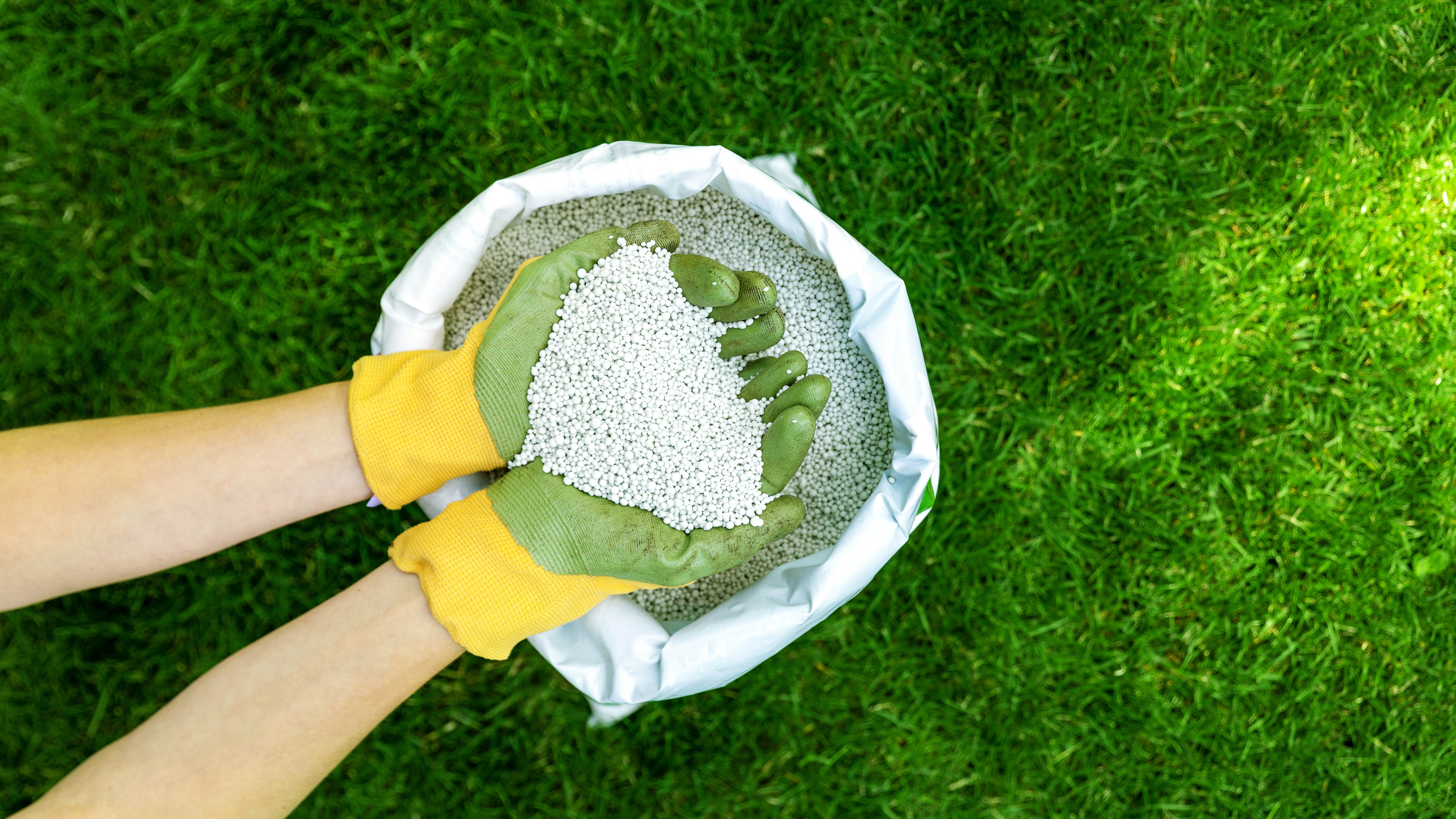
Your grass is hungry, and regular water isn't enough to keep it satisfied. Quality fertilizer makes the difference between grass that survives and grass that actually thrives.
You should fertilize your lawn around three to four times a year to both encourage growth and discourage pests, disease and weeds. If that isn't feasible, feed your lawn twice a year: once in spring and once in autumn.
Spring fertilizer should be high in nitrogen, which boosts chlorophyll production and gives you that deep green color everyone wants.
Autumn fertilizer works differently. Instead of focusing on visible growth, it strengthens root systems and helps grass survive winter stress. You won't see dramatic color changes immediately, but your lawn will emerge from winter much stronger and ready for the growing season.
Skip the temptation to overfertilize. More isn't better here, so stick to the recommended amounts and timing, or you'll actually stress your grass and potentially burn it.
2. Mow regularly but not too short
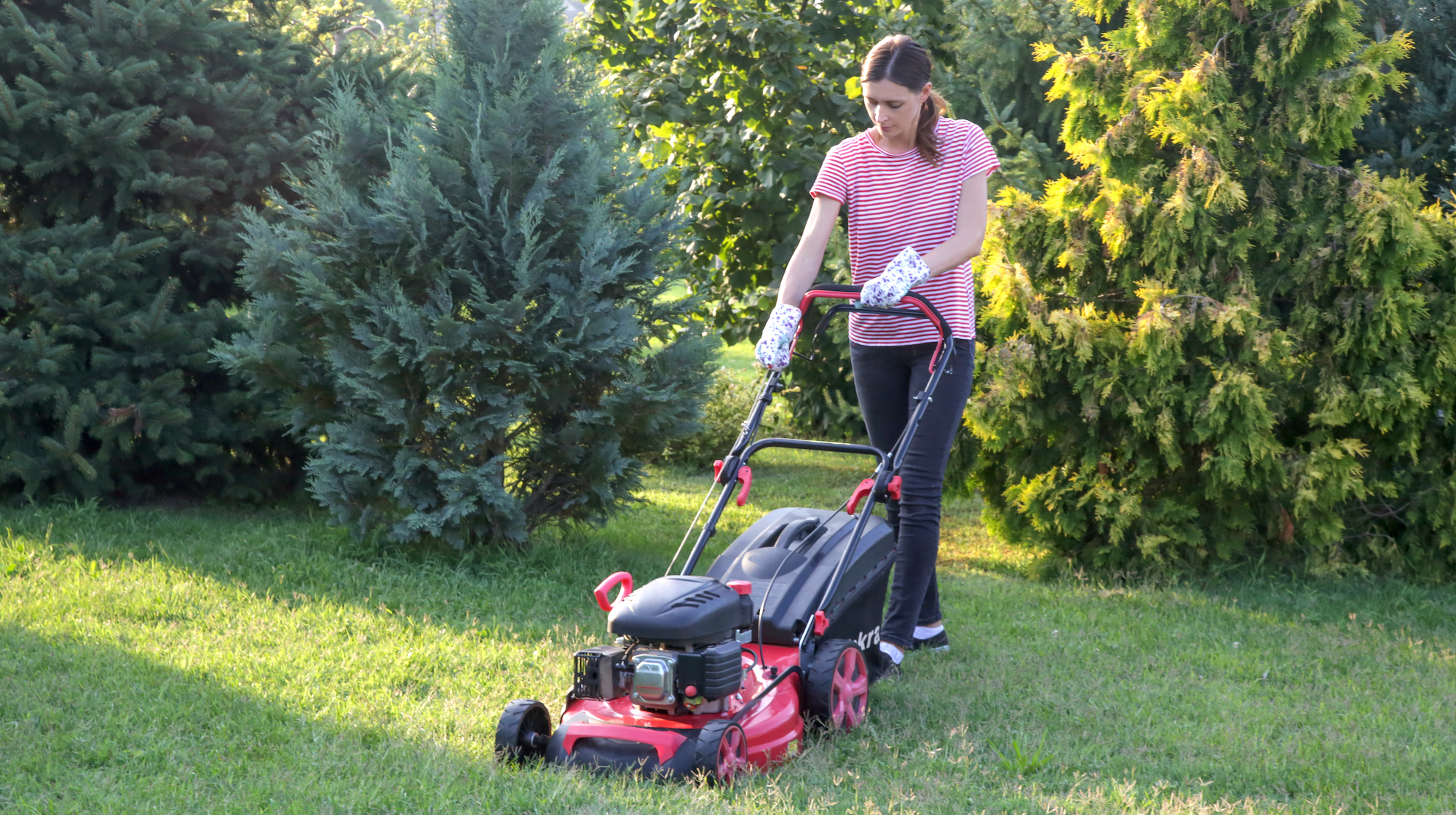
Here's something most people get wrong: they either mow too rarely or cut their grass way too short. Both mistakes will sabotage your green lawn goals.
Regular mowing actually stimulates grass growth through something called the stimulation effect. When you trim the tips, grass responds by producing new shoots to compensate, creating thicker, denser turf. It's similar to how regular haircuts can promote hair growth.
Never cut more than one-third of the grass blade in a single mowing. If you scalp your lawn by cutting it too short, you're removing the leaf surface area grass needs for photosynthesis. Short grass can't produce enough energy to maintain healthy roots, making it weak and vulnerable to weeds.
Find the sweet spot for your grass type and stick to it. Longer grass also shades the soil better, helping retain moisture and prevent weed seeds from germinating.
3. Keep your mower blades sharp

This might be the simplest fix that most people ignore. Dull mower blades don't cut grass they tear it, leaving jagged edges that turn brown and stress the plant.
Sharp blades make clean cuts that heal quickly, keeping grass tips green and healthy. Torn grass expends energy trying to repair damage instead of growing thick and strong.
Sharpen your mower blades at least once per growing season, more if you mow frequently or hit rocks and debris.
You can sharpen the blade using a bench grinder, file or blade sharpening kit, maintaining the original angle of the cutting edge. Alternatively, many hardware stores offer blade sharpening services for a nominal fee.
When reinstalling the blade, ensure it's properly balanced and tighten the mounting bolt to the manufacturer's specifications. You'll immediately notice the difference in how your grass looks after cutting.
4. Fill in bare spots with overseeding
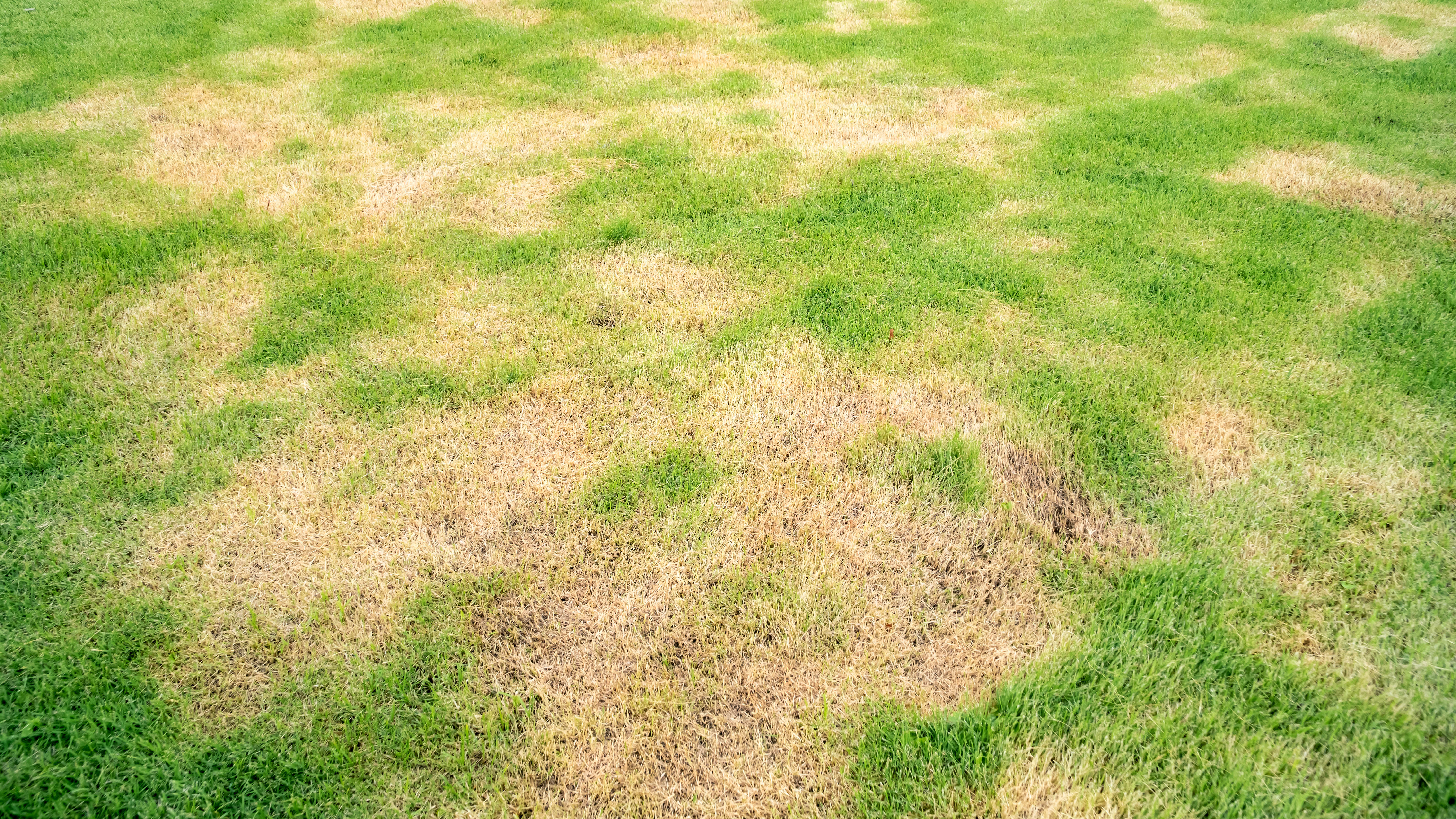
Those thin patches and bare spots aren't going to fix themselves. Overseeding means spreading grass seed over existing lawn to fill gaps and increase density.
Choose the right seed for your specific conditions: low-light varieties for shady spots and hard-wearing types for high-traffic areas. Scatter seed evenly as directed on the packaging, then lightly rake it in or cover with a thin layer of compost to protect it from birds.
Water gently with a watering can that provides a soft sprinkle rather than a harsh stream. For faster germination, try pre-sprouting your seed by mixing it with damp compost in a container for a few days until small roots appear, then plant as normal.
Don't expect instant results — it takes several weeks for new grass to fill in properly, but once it does, it'll look better than ever.
These gardening gloves provide an excellent grip and have a comfortable fit around the wrist, plus they are breathable and machine washable and available in three sizes. They are perfect when you need a medium-duty gloves that provides dexterity. Plus, they come in a pack of two.
5. Aerate annually to let your grass breathe
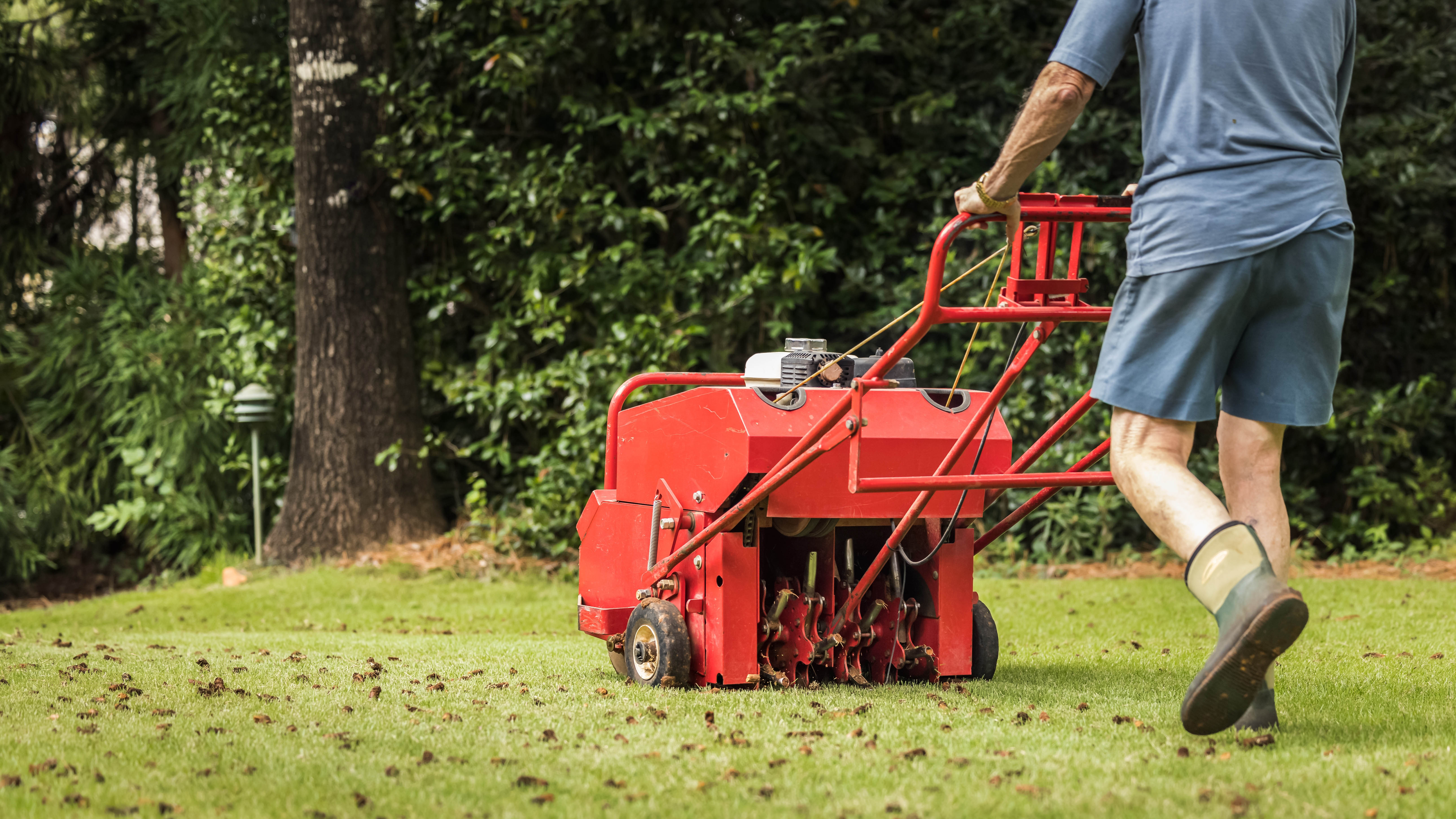
Compacted soil is a silent lawn killer. Over time, foot traffic, equipment, and natural settling compress your soil, making it harder for water, air, and nutrients to reach grass roots.
You have two aerator options: spike aerators that puncture holes in the ground, or core aerators that pull up soil plugs. Core aerators are messier but more effective since they create larger openings for air and water penetration.
Water your lawn the day before aerating, as moist soil breaks apart more easily than bone-dry earth. Test the soil moisture by trying your aerator in a small area first. Too dry and it won't penetrate properly. Too muddy and you'll create a mess that does more harm than good.
Work across your lawn in one direction, then make perpendicular passes to ensure complete coverage. Pay extra attention to high-traffic areas like pathways or near driveways — these spots need additional passes since they're more compacted than the rest of your lawn.
6. Attack weeds and moss strategically
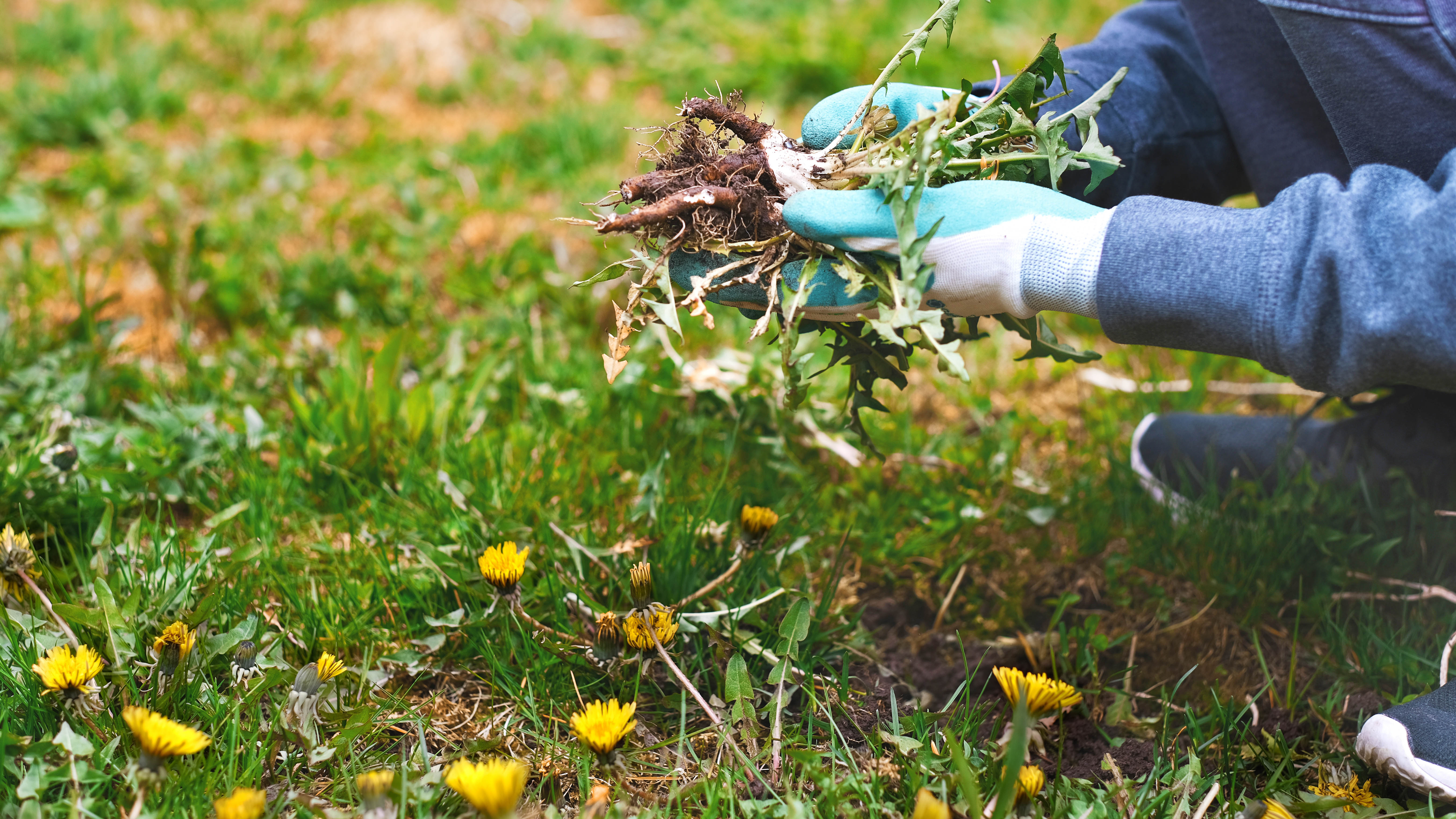
Weeds steal nutrients, water, and sunlight from your grass. Plus, many weeds aren't the vibrant green you want dominating your lawn's appearance.
Hand-pulling is often the most effective method for spot-treating weeds. Make sure you get the entire root system to prevent regrowth. Yes, it's tedious, but it's also precise and won't damage surrounding grass.
For moss problems, look for autumn fertilizers that include moss killer. After application, wait about two weeks, then gently rake away the dead moss. Moss usually indicates drainage or pH issues, so addressing the underlying cause will prevent it from returning.
7. Remove thatch buildup
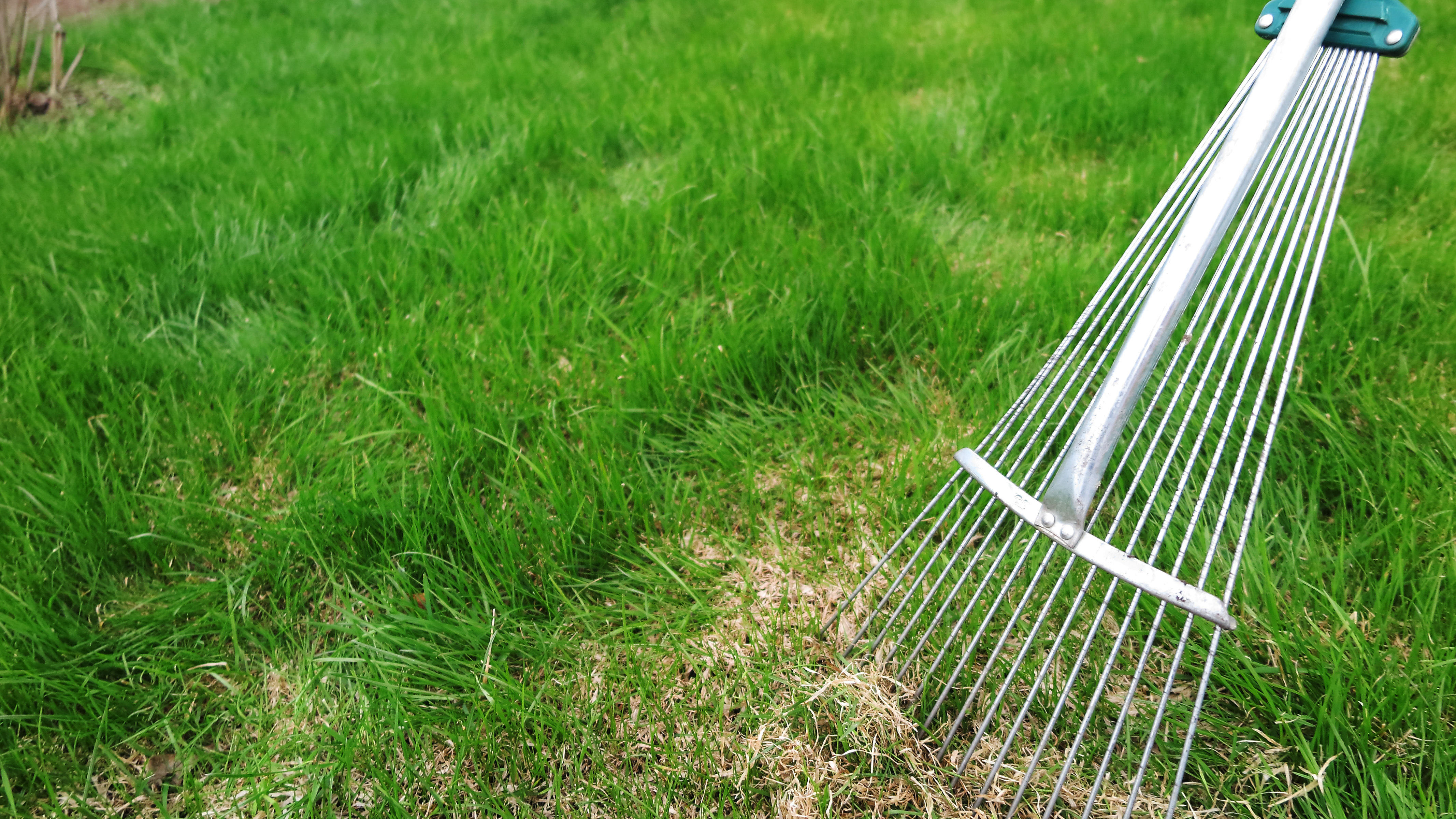
Thatch is the layer of dead grass clippings and organic matter that accumulates between your soil and living grass. A thin layer is normal, but excessive thatch creates a barrier that prevents water and nutrients from reaching roots.
If your lawn feels spongy when you walk on it, or if you can see a thick layer of brown material when you part the grass, you have a thatch problem.
Dethatching is simple: rake your lawn vigorously with a sturdy garden rake. This breaks up the layer and allows essential resources to reach the soil. Do this in early spring or fall when grass can recover quickly.
8. Maximize sunlight exposure

Grass needs sunlight to photosynthesize and produce the energy required for thick, green growth. Shaded areas will always struggle compared to sunny spots.
Look for opportunities to increase light exposure. Trim back overgrown shrubs, prune tree branches that cast excessive shade, or remove objects that block sunlight unnecessarily.
You can't control everything, some shade is inevitable, but even an extra hour or two of direct sunlight daily can significantly improve grass health and color.
9. Water deeply but infrequently
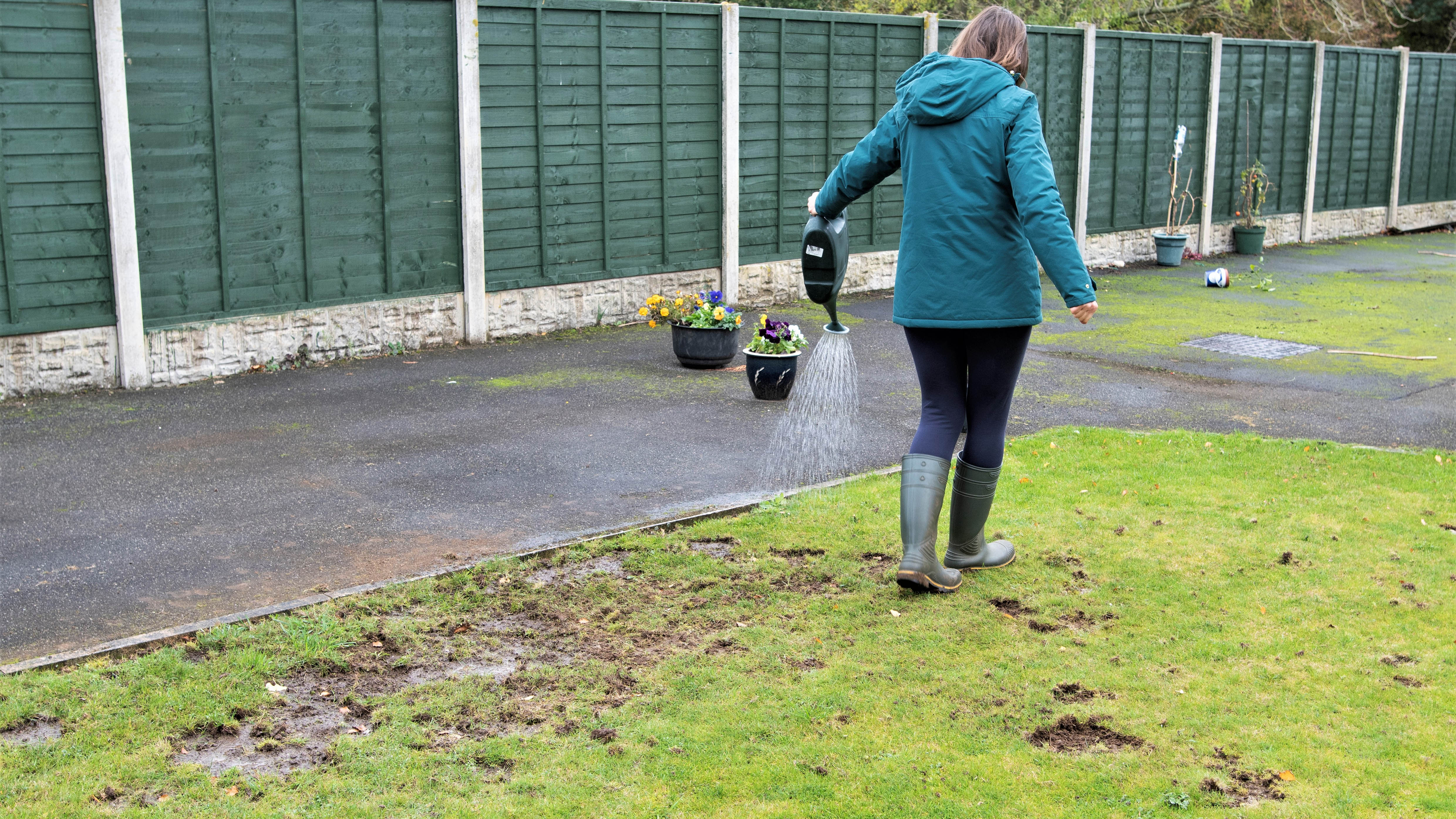
Most people water their lawns wrong. Light, frequent watering encourages shallow root systems and weak grass. Instead, water deeply but less often to promote strong, deep roots.
When you do water, soak the soil thoroughly so moisture penetrates several inches down. This encourages roots to grow deeper, making grass more drought-resistant and better able to access nutrients.
In most climates, natural rainfall provides adequate moisture. Only supplement with irrigation during extended dry periods or heat waves, and always check for local water restrictions first.
The best long-term defense against weeds is a thick, healthy lawn.
After you remove weeds, overseed bare spots, mow regularly, and keep up with fertilizing and watering to strengthen your turf. The denser your grass, the less room weeds have to sneak back in.
And there we have it! You've now learned how to make grass greener than ever. While you're here, why not take a look at some of our other helpful gardening guides?
For an even more beautiful garden, check out 7 pollinator-friendly plants to grow now and want more hummingbirds? 7 tips for attracting them to your yard.
Get instant access to breaking news, the hottest reviews, great deals and helpful tips.
And for serious weed removal, don't miss 7 tips to banish weeds from your lawn that won't harm the grass.

Kaycee is Tom's Guide's How-To Editor, known for tutorials that skip the fluff and get straight to what works. She writes across AI, homes, phones, and everything in between — because life doesn't stick to categories and neither should good advice. With years of experience in tech and content creation, she's built her reputation on turning complicated subjects into straightforward solutions. Kaycee is also an award-winning poet and co-editor at Fox and Star Books. Her debut collection is published by Bloodaxe, with a second book in the works.
You must confirm your public display name before commenting
Please logout and then login again, you will then be prompted to enter your display name.

